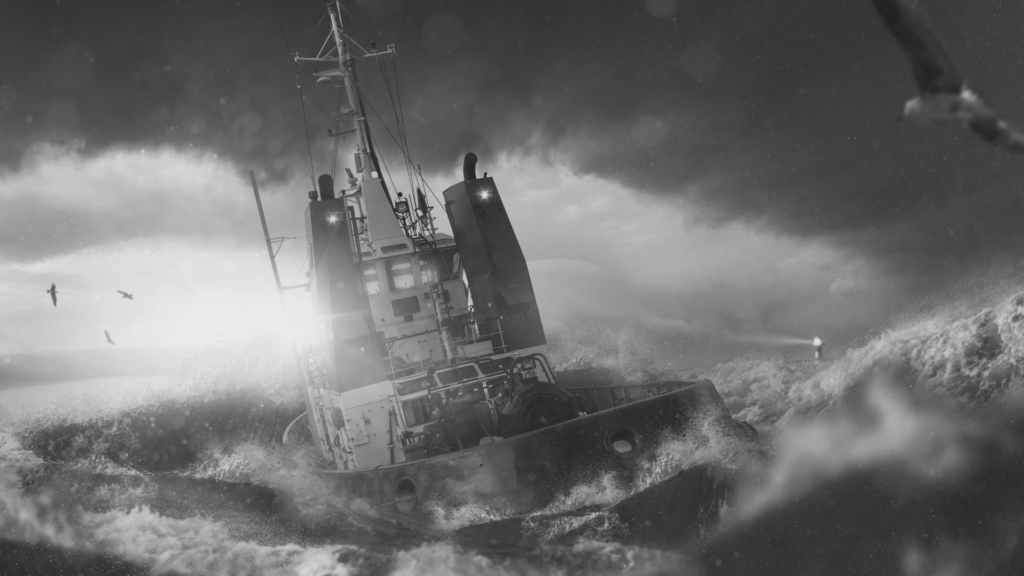In the high-stakes world of government contracting, proposals are the battlegrounds where companies fight for lucrative contracts. But often, these battlefields are a dense, daunting sea of text, threatening to overwhelm evaluators and bury critical information. In this arena, effective graphics aren’t just a nice-to-have; they’re a strategic necessity. They transform complex narratives into digestible, impactful visuals, ultimately increasing your proposal’s chances of success.
The Problem: Text Overload
Government solicitations, by nature, are detailed and technical. They often require responding to numerous requirements, demonstrating compliance, and articulating complex solutions. This translates into lengthy proposals filled with dense paragraphs, tables, and lists. While essential, this text-heavy approach can lead to:
- Evaluator Fatigue: Reading through hundreds of pages of text can be mentally exhausting, leading to missed details and reduced comprehension.
- Information Overload: Key messages can get lost in the sheer volume of text, diminishing their impact.
- Lack of Engagement: Dry, text-heavy proposals are less engaging, making it harder to capture the evaluator’s attention.
The Solution: Strategic Graphics
Graphics provide a powerful way to break up the monotony of text and enhance the clarity and impact of your proposal. They can:
- Visualize Complex Concepts: Flowcharts, process diagrams, and architectural renderings can simplify complex technical processes and demonstrate your understanding of the requirements.
- Highlight Key Data: Charts and graphs can effectively showcase data, metrics, and performance indicators, making it easier for evaluators to grasp the significance of your claims.
- Illustrate Solutions: Before-and-after visuals, mockups, and simulations can effectively demonstrate the benefits of your proposed solution.
- Enhance Readability: Infographics, timelines, and organizational charts can break up large blocks of text and make the proposal more visually appealing.
- Reinforce Key Messages: Well-designed graphics can reinforce key messages and ensure that they stick in the evaluator’s mind.
Types of Effective Proposal Graphics:
- Process Flowcharts: Illustrate the steps involved in your proposed approach.
- Organizational Charts: Clearly display your team’s structure and responsibilities.
- Timelines: Visually represent project schedules and milestones.
- Gantt Charts: Detail project tasks and dependencies.
- Data Charts and Graphs: Show performance metrics, cost savings, and other key data.
- Architectural Diagrams: Depict system designs and infrastructure.
- Infographics: Combine text and visuals to present complex information in a concise and engaging manner.
- Before-and-After Comparisons: Demonstrate the impact of your proposed solution.
- Mockups and Renderings: Provide a visual representation of your proposed product or service.
Best Practices for Using Graphics:
- Relevance: Ensure that all graphics are relevant to the content and support your key messages.
- Clarity: Use clear and concise labels and legends.
- Consistency: Maintain a consistent style and format throughout the proposal.
- Accuracy: Ensure that all data and information presented in graphics are accurate and up-to-date.
- High Resolution: Use high-resolution images to avoid pixelation and ensure readability.
- Accessibility: Consider accessibility guidelines, such as providing alternative text for images.
- Strategic Placement: Place graphics strategically within the text to maximize their impact.
- Labeling: Clearly label all graphics with descriptive titles and captions.
- Minimalism: Avoid cluttering graphics with unnecessary information. Focus on conveying key messages.
- Color Use: Use color strategically to highlight key elements and enhance visual appeal, while maintaining a professional look.
The Impact of Effective Graphics:
By strategically incorporating graphics into your government contracting proposals, you can:
- Increase Comprehension: Make it easier for evaluators to understand your proposed solution.
- Enhance Engagement: Capture and maintain the evaluator’s attention.
- Improve Clarity: Effectively communicate complex information.
- Reinforce Key Messages: Ensure that your key messages are memorable.
- Increase Your Win Probability: Ultimately, increase your chances of winning the contract.
In the competitive landscape of government contracting, effective graphics can be the difference between a winning proposal and a missed opportunity. By transforming the sea of text into a visually engaging and informative document, you can make a lasting impression and increase your chances of success.






